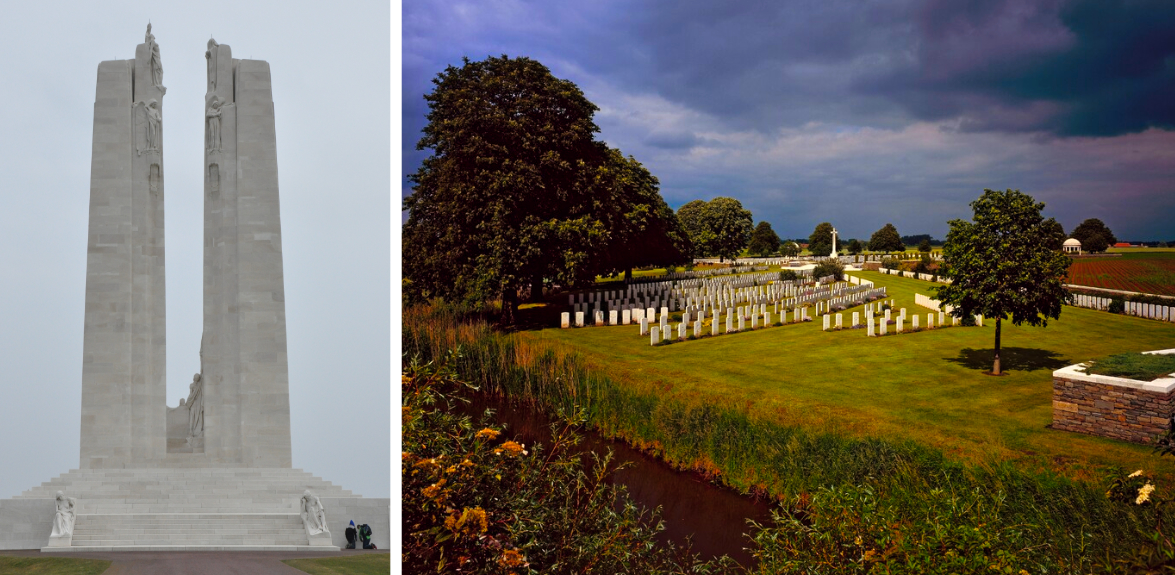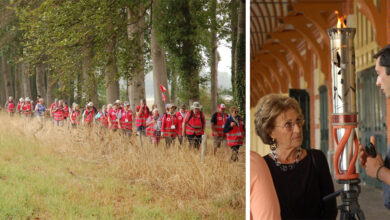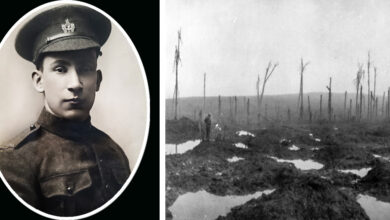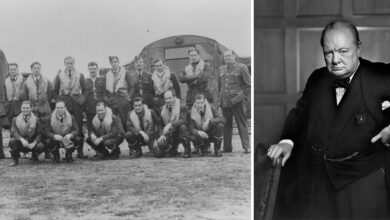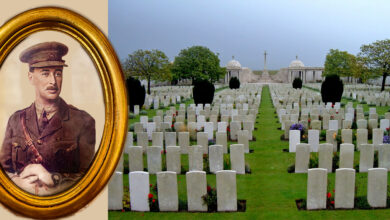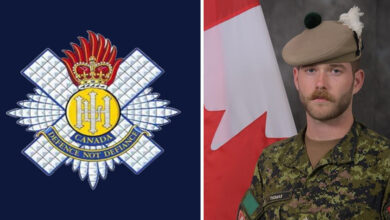Remembering
First World War Funeral & Memorial Sites Designated UNESCO World Heritage Status
Fifty-one Commonwealth war cemeteries and memorials will be designated with the UNESCO (United Nations Educational, Scientific and Cultural Organization) World Heritage Status, thanks to the World Heritage Committee’s decision in its 45th session.
During its 45th session, held on Sept. 25 in Riyadh, Saudia Arabia, the Committee decided to inscribe the 51 sites as part of a wider initiative to inscribe Belgium, France – Funerary and memory sites of the First World War (Western Front) with UNESCO World Heritage Status.
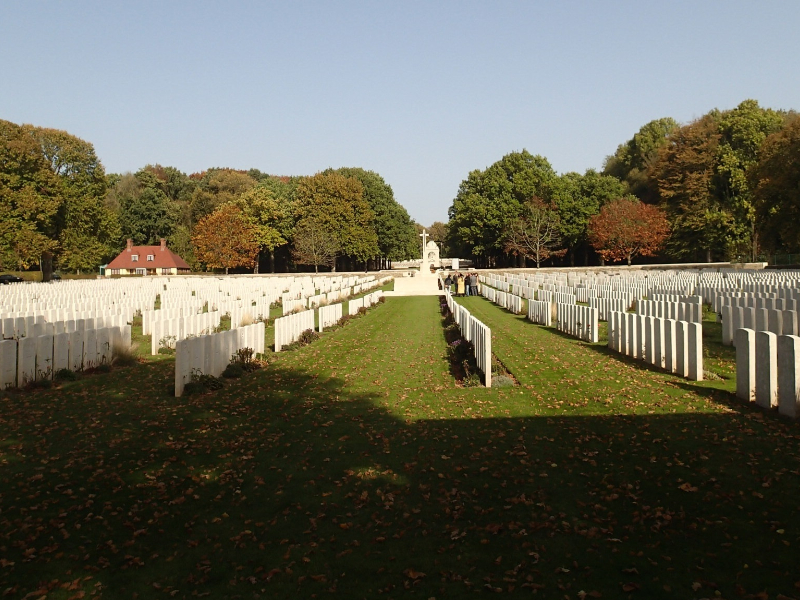
“We are thrilled that a significant number of our iconic cemeteries and memorials along the former Western Front have been awarded World Heritage Status.
“In recognising the Outstanding Universal Value of these places of memory – places that commemorate the sacrifice of those of many nations, faiths, and ethnicities –, the proposal acknowledges CWGC’s century-plus stewardship of all the cemeteries and memorials to a standard of excellence. World Heritage Status also recognizes the global importance of these Silent Cities to ongoing commemoration of the war dead and brings with it significant and tangible benefits – not least the opportunity to engage wider and more diverse audiences,” stated Claire Horton CBE, Director General of the Commonwealth War Graves Commission.
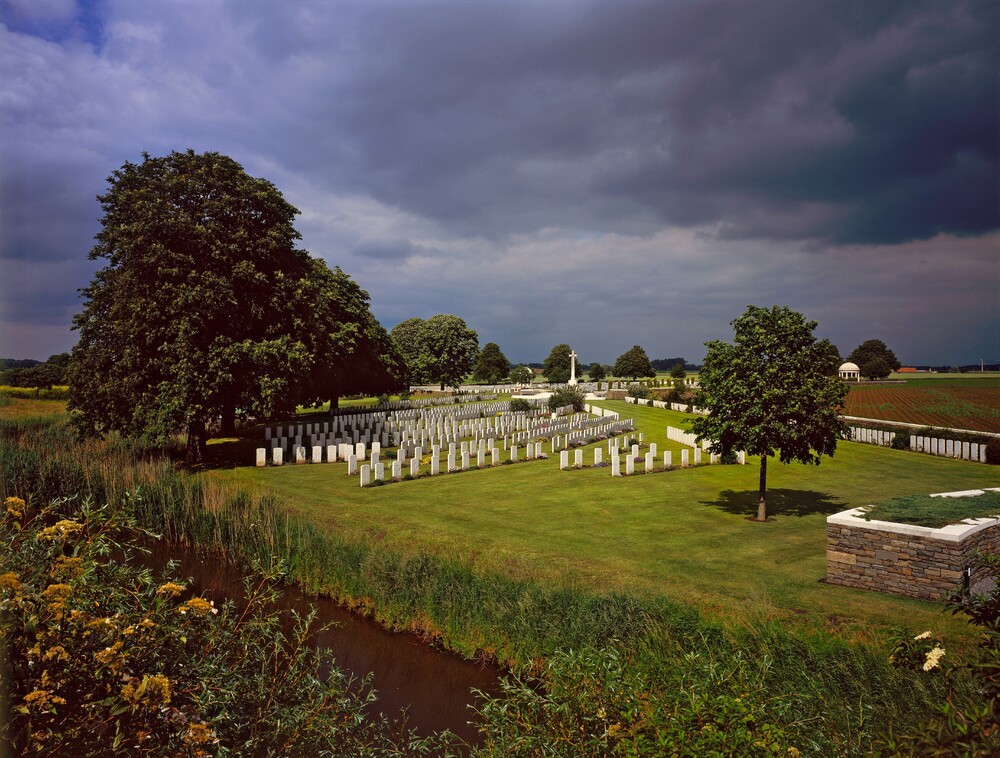
Sites in Belgium and France
During its session, the Committee decided to designate three Sites of Memory linked to recent conflicts.
These included: Argentina’s ESMA Museum and Place of Memory- Former Clandestine Detention, Torture and Extermination Centre; Rwanda’s “Genocide Memorial Sites: Nyamata, Murambi, Gisozi, and Bisesero;” and Belgium and France’s Funerary and Memorial Sites of the Western Front in the First World War.
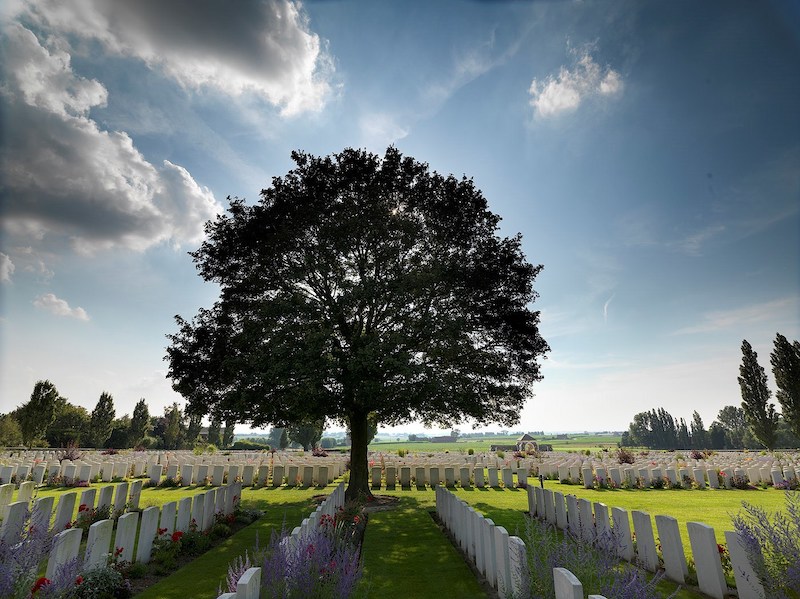
The sites included in the Belgium and France’s Funeral and Memorial Sites of the First World War are scattered along the Western War Front, specifically between the north of Belgium and the east of France. The proprieties part of this new designation include “necropolises, holding the remains of tens of thousands of soldiers of several nationalities, to tiny and simpler cemeteries, and single memorials,” according to a UNESCO World Heritage press release.
The sites also comprise of battlefield burial grounds, hospital cemeteries and memorials.
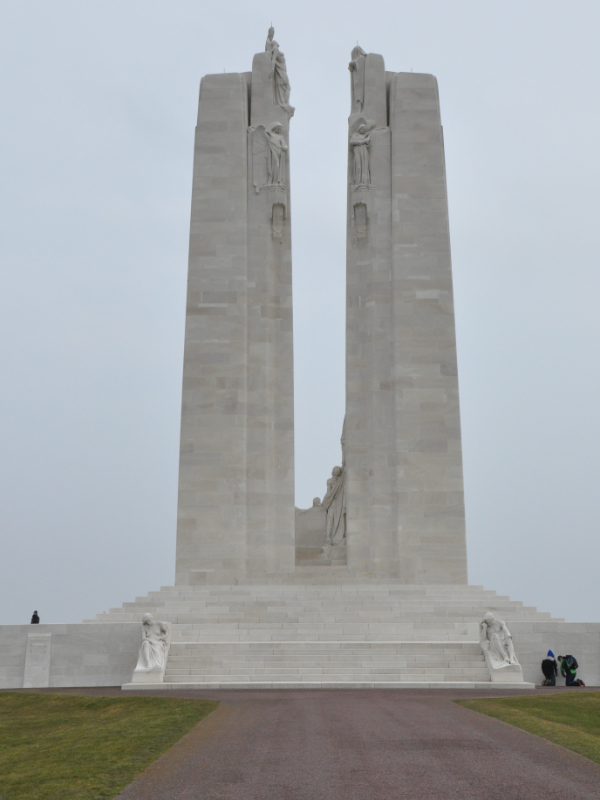
In total, there are 139 locations connected with the First World part of this new designation. The idea to bring these locations to the attention of UNESCO was sponsored by the Belgian and French states of Flanders and Wallonia.
“We are grateful to both the Belgian and French delegations for their sponsorship of the proposal and for their consultation and engagement with us throughout the process, and we look forward to working with all our partners to give ‘those silent witnesses to the desolation of war’ the voice they deserve,” added the Director General of the Commonwealth Graves Commission.
To view the list visit the Commonwealth Graves Commission here.
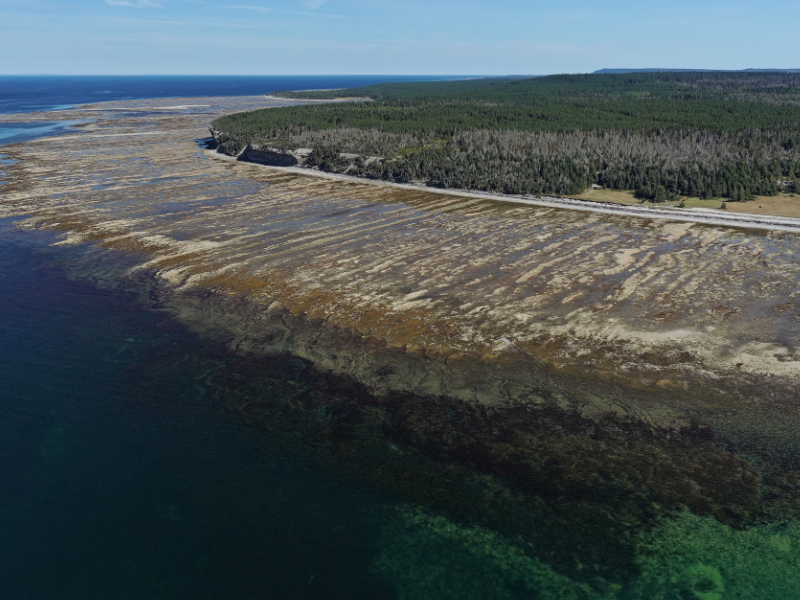
More Sites Inscribed
Aside from the First World War Funderal and Memorial sites, the World Heritage Committee approved the inscription of 42 new sites and the extension of five sites on UNESCO’s World Heritage List.
Out of the 42 sites, 33 are cultural sites, and nine are natural sites.
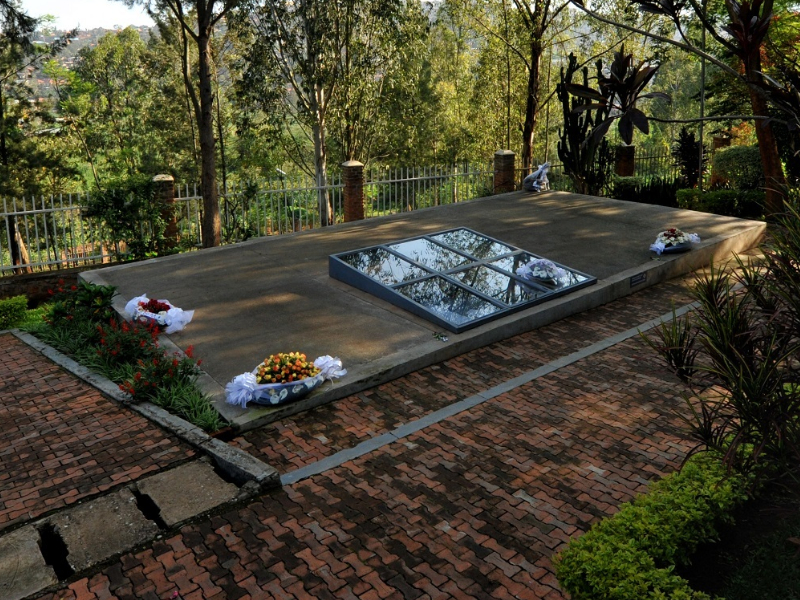
Thanks to this year’s decisions, Africa reached the milestone of gaining 100 sites on the World Heritage List. Rwanda had its first two inscriptions, while Uganda’s Tombs of the Buganda Kings at Kasubi was taken off the World Heritage in Danger list.
Two Ukrainian sites, however, were added to the List of World Heritage in Danger because of the continued war against Russia.
There are a total of 1,199 UNESCO World Heritage sites now across 168 countries.


